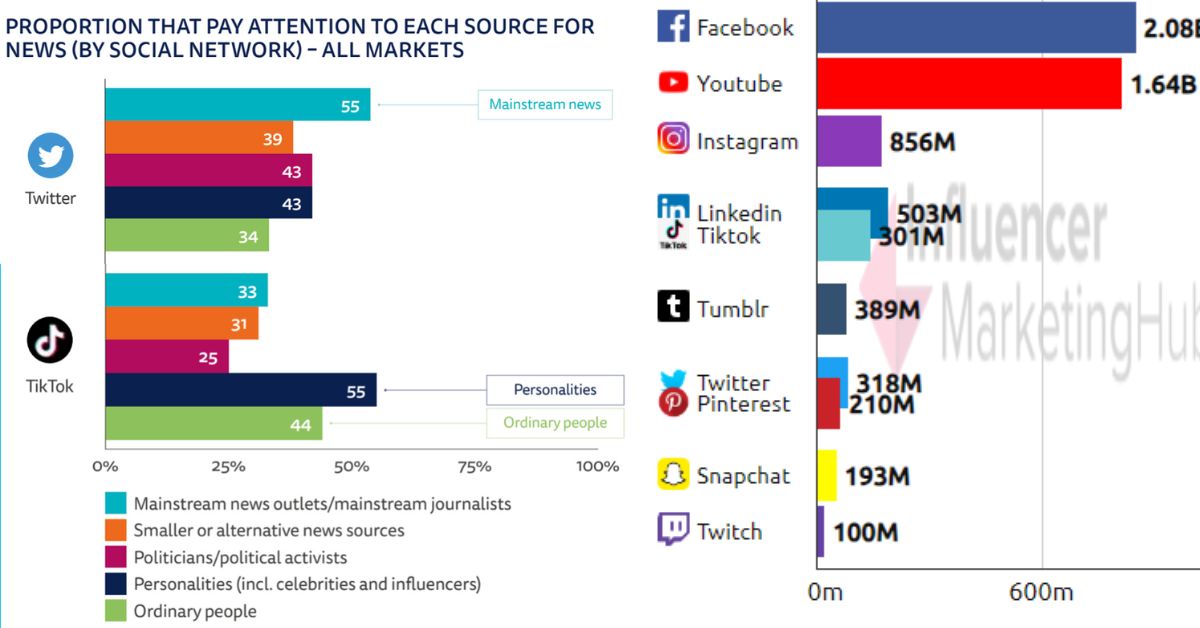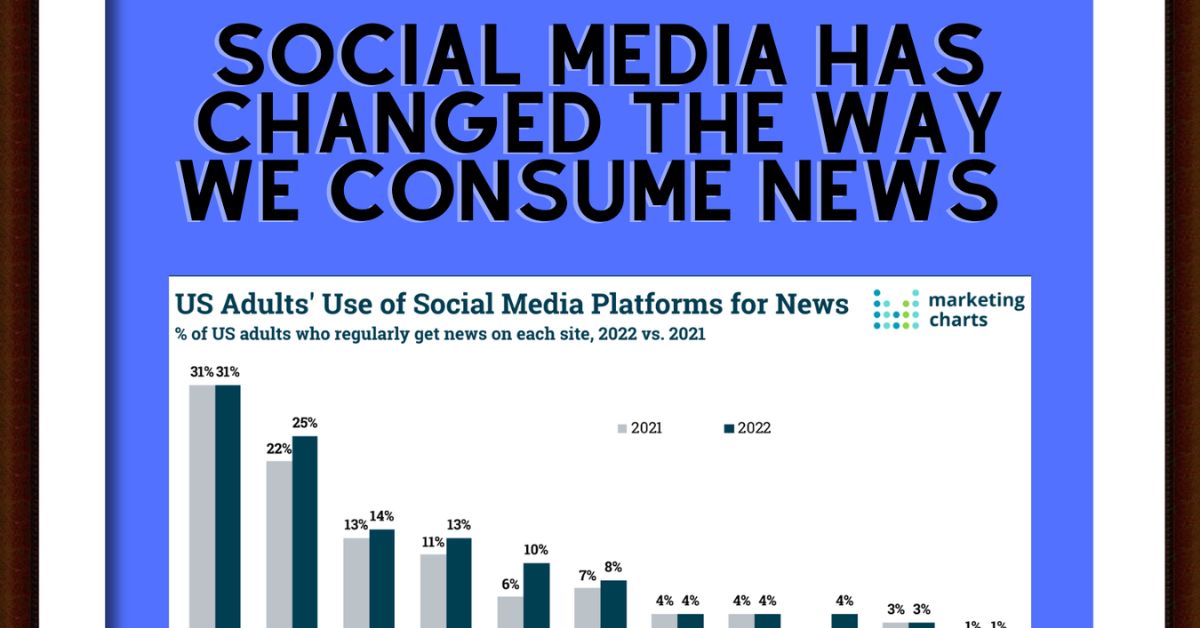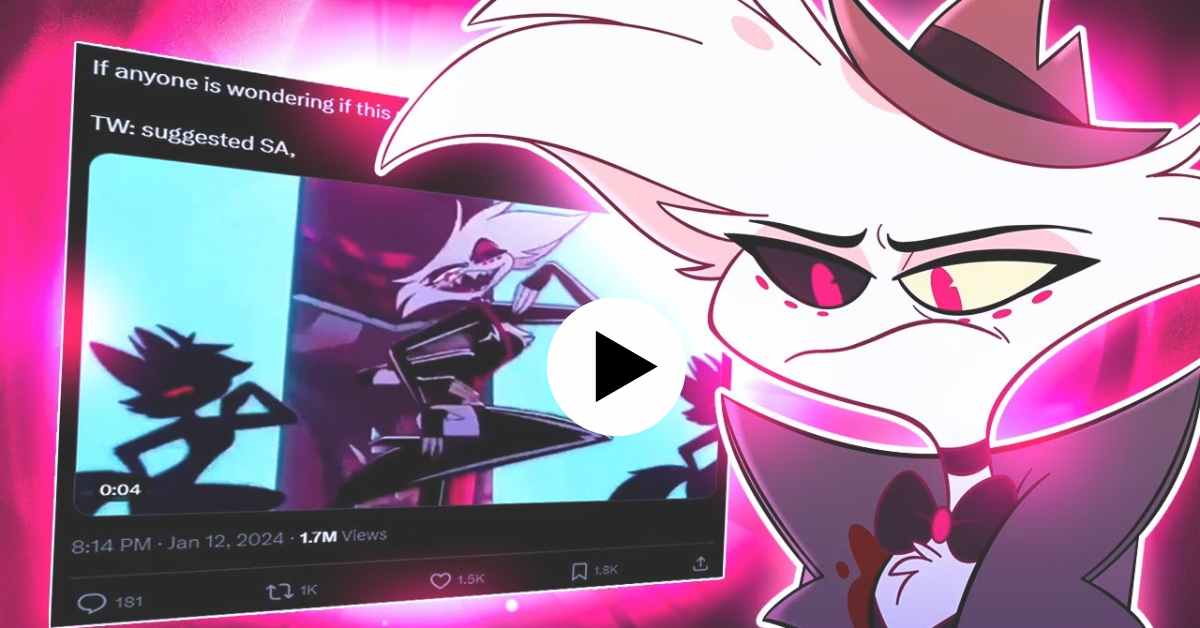The COVID-19 pandemic in 2020 led to a societal shift, significantly impacting various industries. Companies like Zoom, Peacock, and DoorDash flourished, providing essential services for communication, entertainment, and food delivery. However, one platform stood out among the rest: TikTok.
Its user-friendly interface and engaging short-form content revolutionized social media consumption, transforming the way we interact with digital media.
Vine the Predecessor and the Birth of TikTok
Vine, launched in 2012, allowed users to create six-second looping videos, setting the stage for short-form content. Despite its popularity, Vine was discontinued in 2016. Meanwhile, Musical.ly, an app for lip-syncing and dancing videos, gained traction. In 2017, ByteDance acquired Musical.ly, merging it with its own app, Douyin, to create TikTok. TikTok’s diverse content and algorithm-driven recommendations quickly made it a global phenomenon.

The Rising Medium of Short-Form Content
TikTok’s growth has been extraordinary. By late 2021, it had over a billion users. Celebrities like Jimmy Fallon and Tony Hawk joined, further boosting its popularity. The platform birthed new stars, such as the D’Amelio family and Khaby Lame. TikTok’s success spurred imitators like Instagram Reels and Snapchat Spotlight, highlighting the appeal of easily consumable, shareable content.
More News:
- Is TikTok Morphing into Instagram? IntroducingTikTok Photos
- PogChamps 6: The Ultimate 2024 Chess Tournament You Can Miss!
The Impact of TikTok on Film and Television

TikTok has significantly influenced the entertainment industry. Viral content can propel shows and movies to new heights. For instance, “Stranger Things” and songs featured in it gained massive popularity on TikTok, driving viewers to Netflix. The platform has revived interest in older shows like “Breaking Bad” and “The Sopranos,” introducing them to younger audiences.
Companies like Marvel have leveraged TikTok for creative marketing, exemplified by the innovative “Spider-Man: No Way Home” campaign. Netflix’s “Movies Under 90 Minutes” section caters to the demand for shorter content, showcasing TikTok’s impact on media consumption preferences.
Conclusion
As TikTok continues to grow, its influence on media consumption will expand. Its short-form content model has reshaped social media, advertising, and entertainment. TikTok’s ability to engage audiences and create viral trends ensures its place as a transformative force in digital media.



